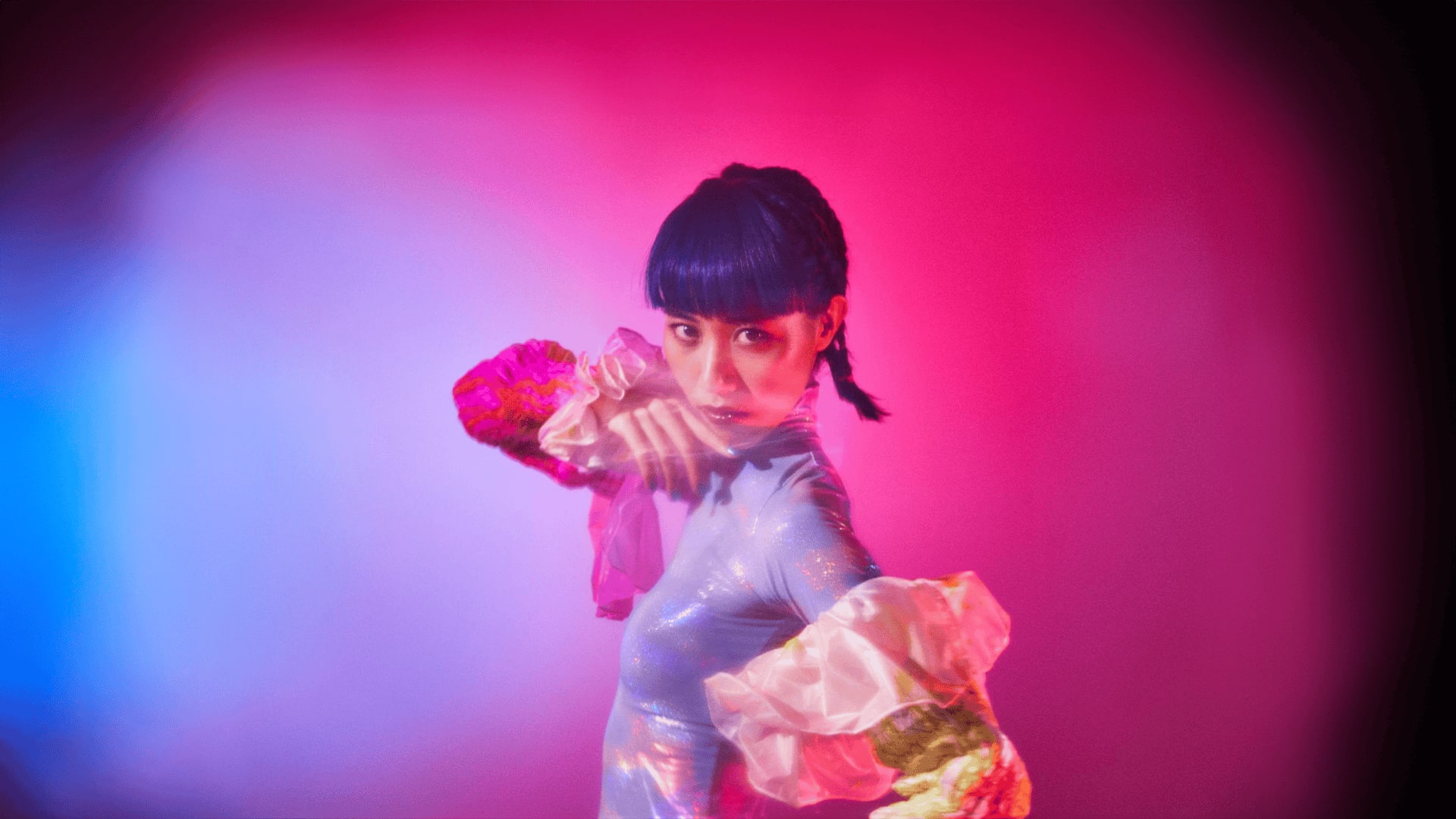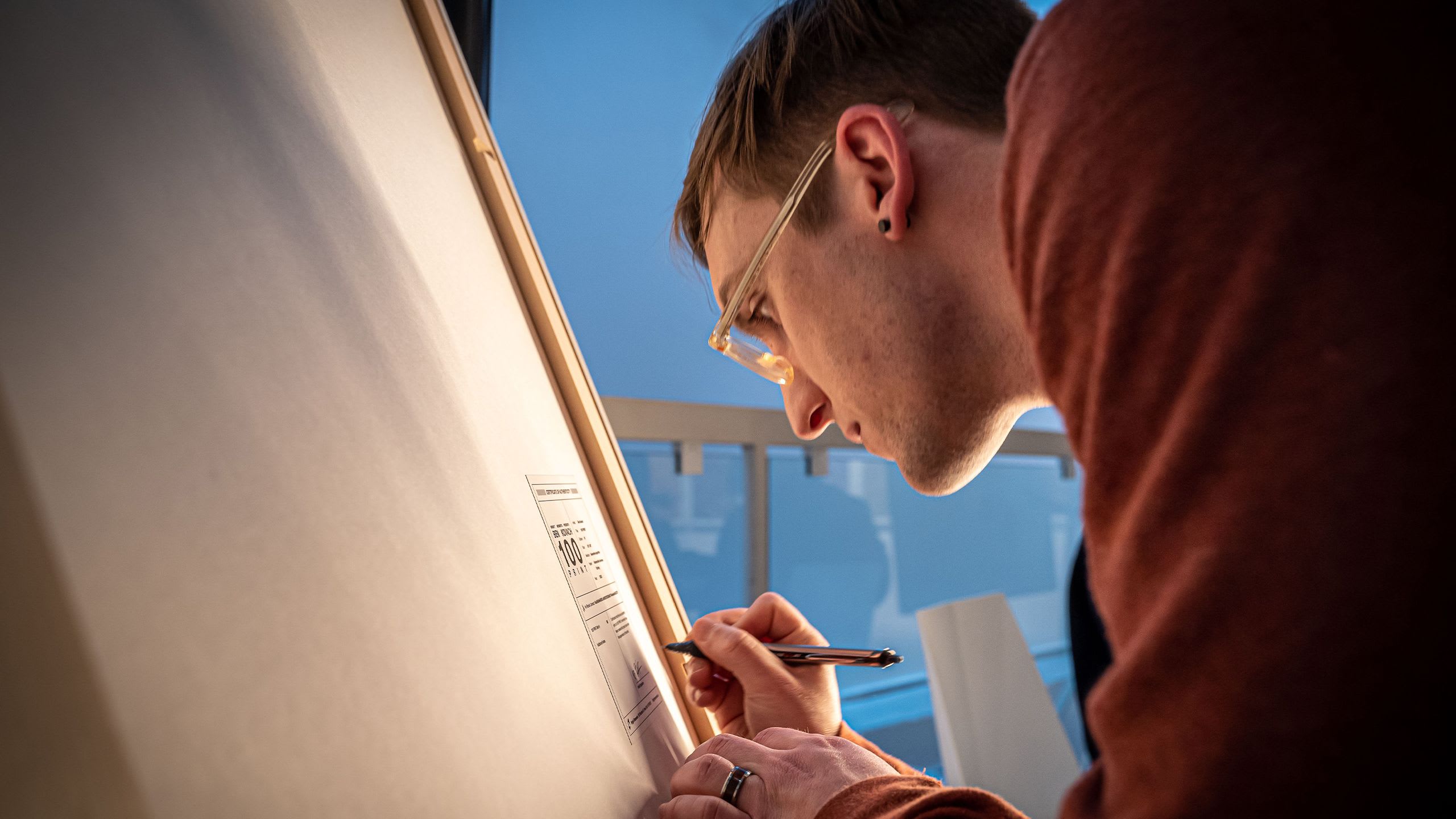INTERVIEW
In Conversation with Rob Dixon (Radix) on Inspirals
In Conversation with Rob Dixon (Radix) on Inspirals
by Jeff Davis
•
18 Mar 2021
Rob Dixon is a game developer, writer, and visual artist. He’s been involved with Decentraland for a few years and has created a number of games and wearable NFTs for that virtual world. I spoke with Rob about his early exploration of computer art, working at Adobe, and his upcoming Art Blocks project Inspirals.
Jeff Davis: Hi Rob! It’s great to speak with you. How did you first get into making art?
Rob Dixon: I loved drawing, painting, photography, and writing as a kid—everything creative. But I gave in to pressure to follow a “serious career.” For many years my only creative outlet was making occasional concert posters or album covers for friends’ bands. The more successful I was as a software engineer, the less time I had to goof around creatively. But there were times I’d stay late at the office, to experiment with things like converting photo images to ASCII art or posterized shapes to draw on the company pen plotter.

JD: How did you transition from those early experiments into generative art?
RD: It was Macromedia Flash, of all things, that gave me the generative art bug. I started using it in the late-1990s for simple games and interactive art pieces. It was easy to learn, accessible, and easy to distribute the results. I eventually joined Adobe and created a lot of the sample apps that shipped with Flash. They let me experiment with all the new features. Some sample apps got a little too wild to be published though. One that stands out was the Starflower Music Visualizer, which generated exciting shapes and colors that really fit the music. It was deemed too psychedelic for official release.

JD: Then how did you discover NFTs and crypto art?
RD: I was writing a science fiction story back in 2017 about a virtual world that was decentralized on the blockchain. I researched whether anyone was actually building a project like that and I found Decentraland. That led to land NFTs and then CryptoKitties, and I was hooked. In 2018 I started an NFT trading card project called CryptoBeasties that had fun anime-style card art. We held a successful NFT sale and created animated models of all the game characters, but the project eventually stalled. I still hold out hope for finishing that game one day. Maybe someone can help us rescue the CryptoBeasties characters from the moon.

JD: Do you have any recent accomplishments you’d like to share?
RD: Most of my recent artistic work has been game-related and collaborative. With a small team of other artists, I co-created the game WonderMine in Decentraland. It’s become one of the most popular attractions there. I also helped design our Wearable NFTs, including the famous Steampunk and Wonderbot outfits. My solo game effort called Two Towers took first place in a Decentraland game jam last year, and for that I created the art, 3D models, and music.
JD: It’s interesting all of the different avenues you’ve explored to express yourself creatively. How do you think your creative practice changed over time?
RD: It took me a long time to be comfortable taking time for creative pursuits instead of doing “real work.” I’ve also had to unlearn some of my rigorous software engineering habits, and just experiment and let things happen. That thing you’re building might crack apart, but then a light shines through. Joining the Art Blocks community has also been an eye-opener for me. It’s like a master class watching these amazing generative artists at work. Inspirals is a big, colorful, wild kind of project, and I love how it’s turned out. But I’m learning so much from you and the other artists that I know will inform my future projects.

JD: Well, that’s a great transition to your upcoming project. What was the inspiration behind Inspirals?
RD: I’m a huge fan of M.C. Escher. Inspirals started as an idea to create something like his plane tiling images, but with modern themes. Like most projects, it evolved a lot along the way. Or maybe devolved is a better word. The tiled shapes and patterns turned more abstract and formed surprising patterns when rolled into a spiral. It was a case of emergence at its best.
JD: What should collectors look for in your Art Blocks project as the series unfolds?
RD: The minted images in the test series have turned out well so far. Collectors should know there’s more to see when they run the live script. You can launch an infinite fly-through of the spiral or distort the repeating shapes and really transform the piece. The challenge for Art Blocks artists is to work within design and technical constraints and produce a consistently interesting set of pieces. I like the idea that the viewer can participate and make each piece their own within new constraints—the specific color scheme, shape, and so on of that one artwork. Animate it, distort it, maybe save a new image that they like even better. Art Blocks is revolutionary because it lets collectors engage with their art in new and unexpected ways.
JD: Is there anything else people should know to better understand your art?
RD: I can’t stop thinking like a game designer, so there will probably be some sort of interactivity involved in each project I do. Comic art, anime, and pop art are also huge influences. I have about a dozen ideas bubbling for new generative art projects, so it’ll be fun to see what surfaces next.
JD: And what is the best way for people to follow your work?
RD: There’s a website for the Inspirals project and you can also find me on Twitter. And if you’re ever in Decentraland you can experience our games in the WonderZone Park at -50,50.
https://artblocks.io/project/29
First published 18 March 2021: https://beta.cent.co/artblocks/+lx3wow



